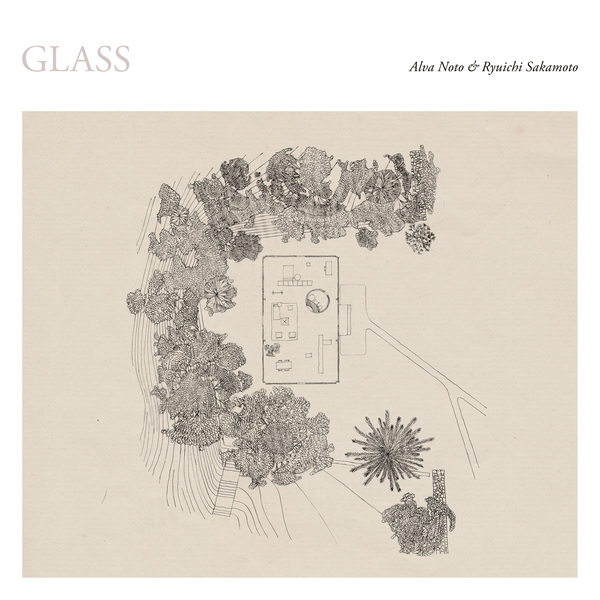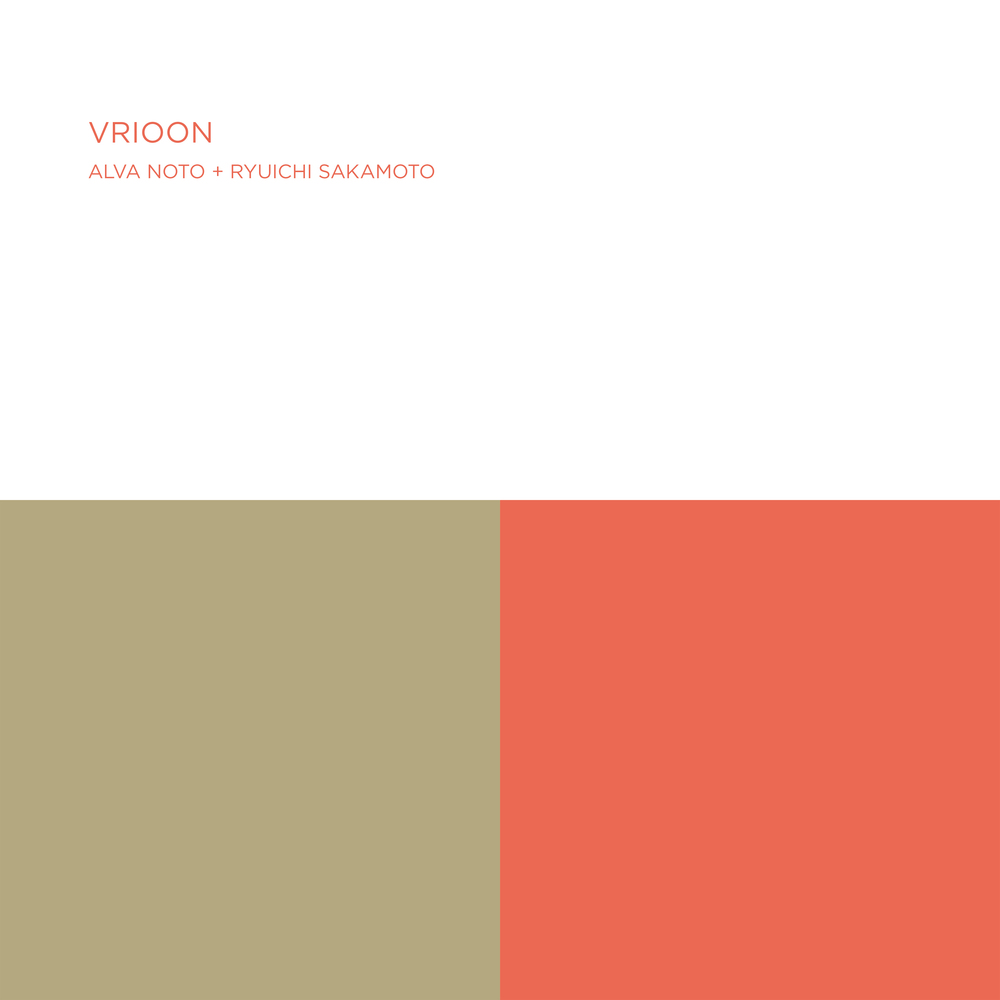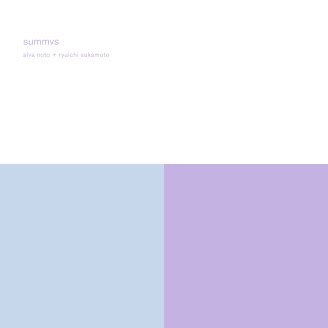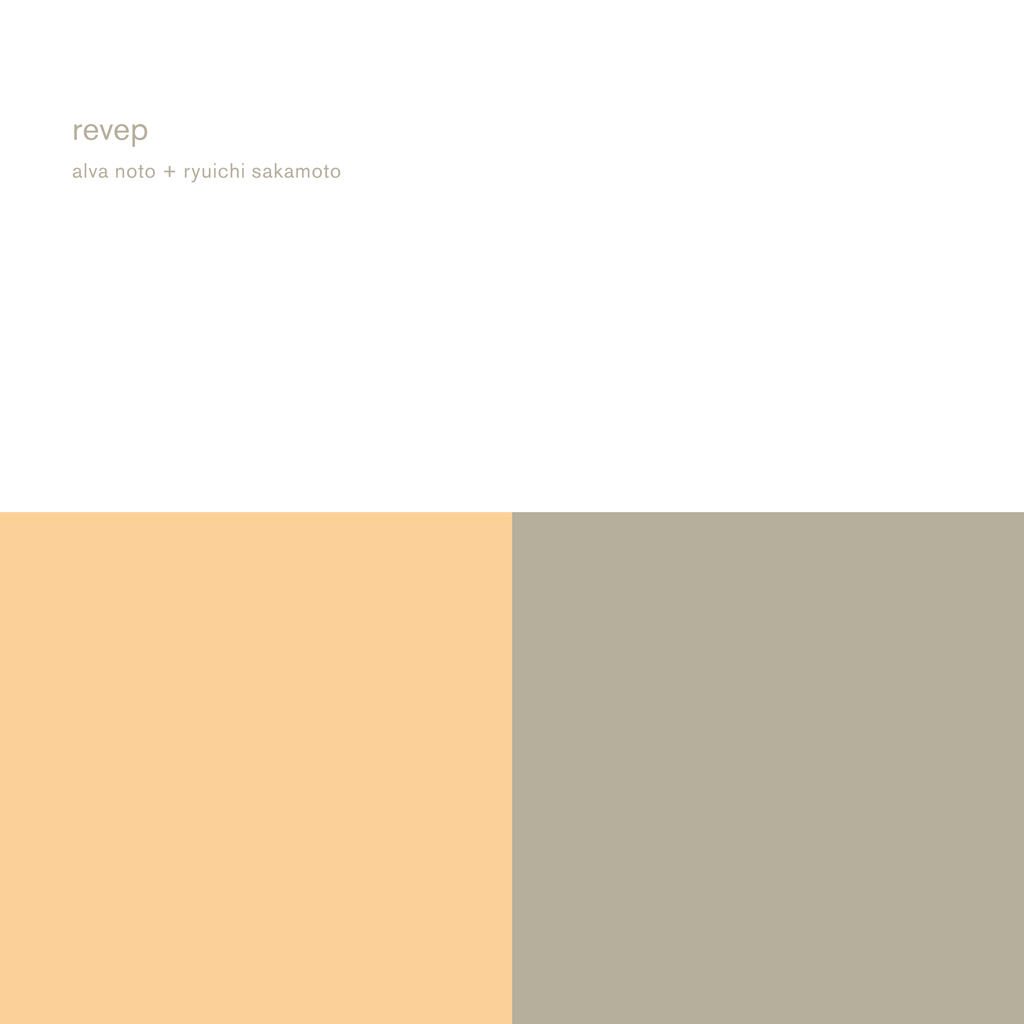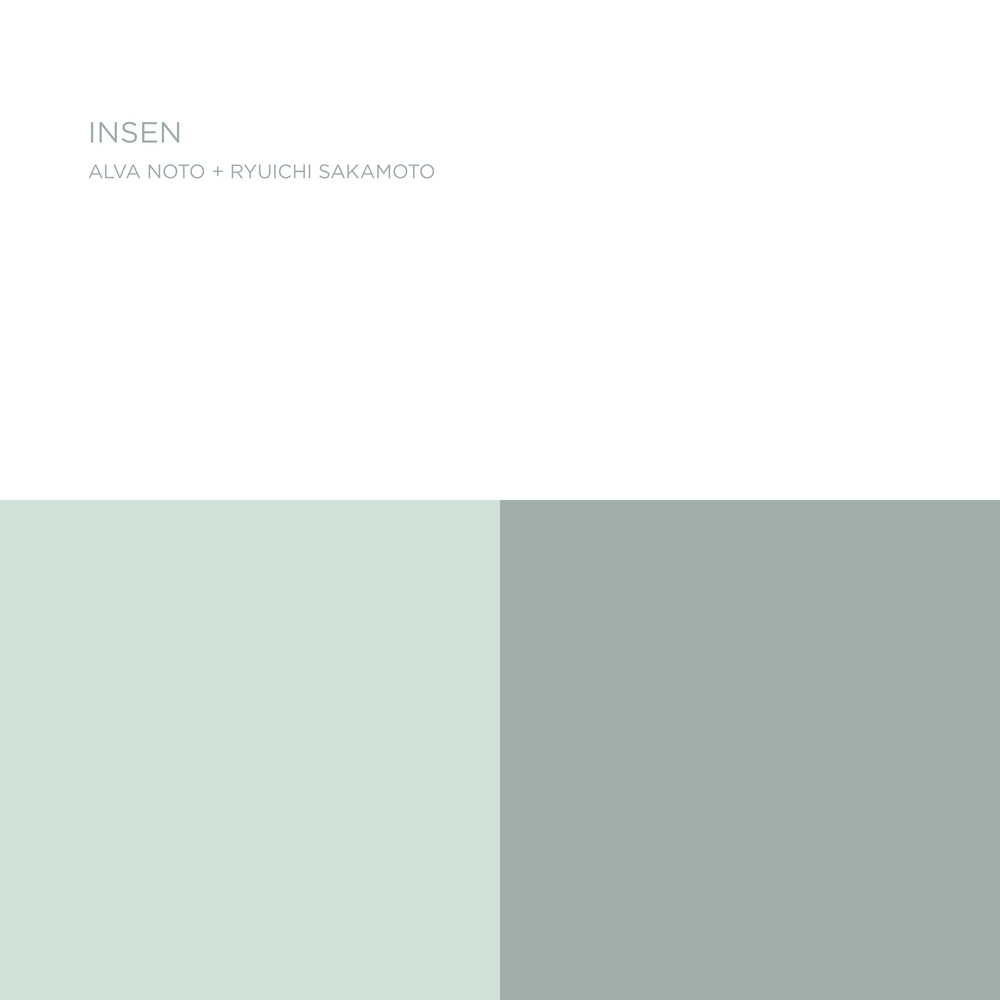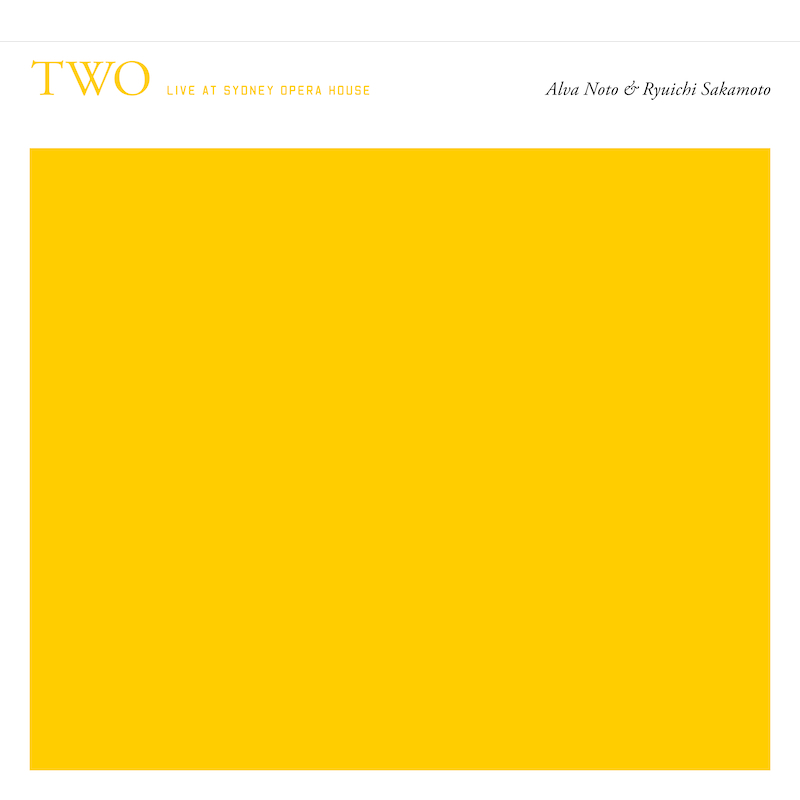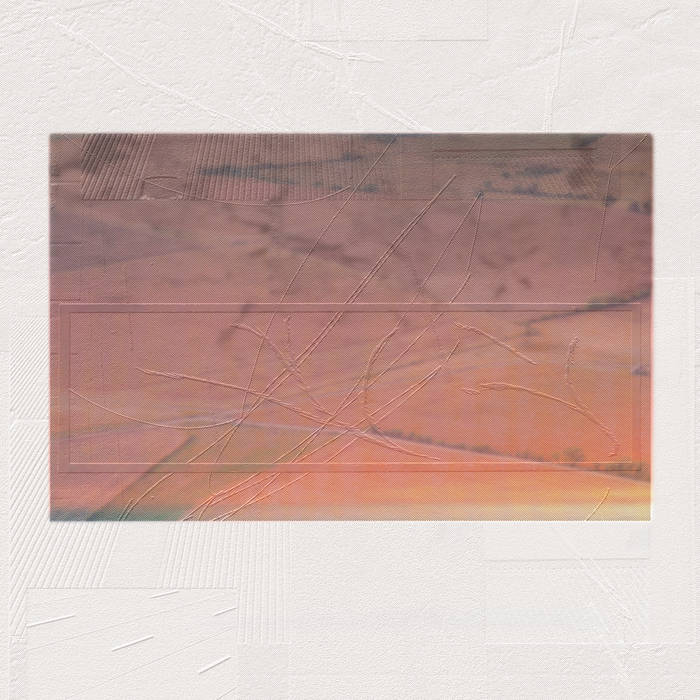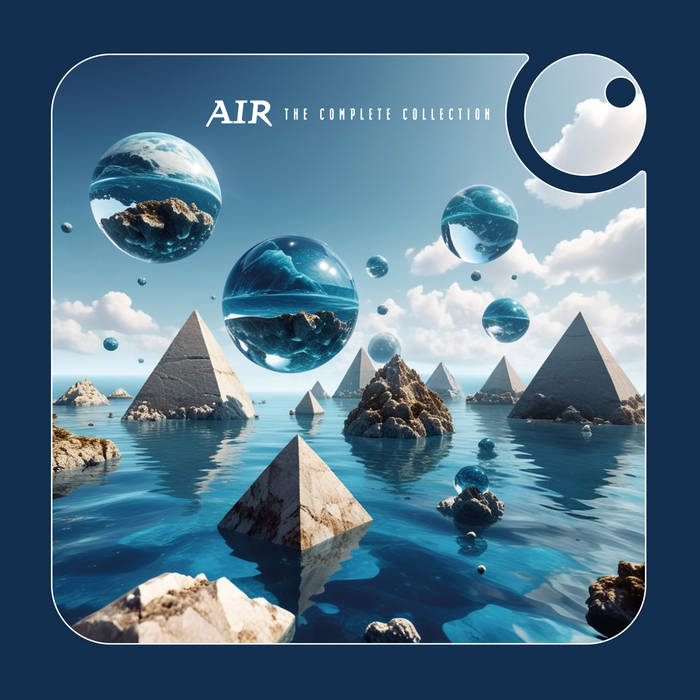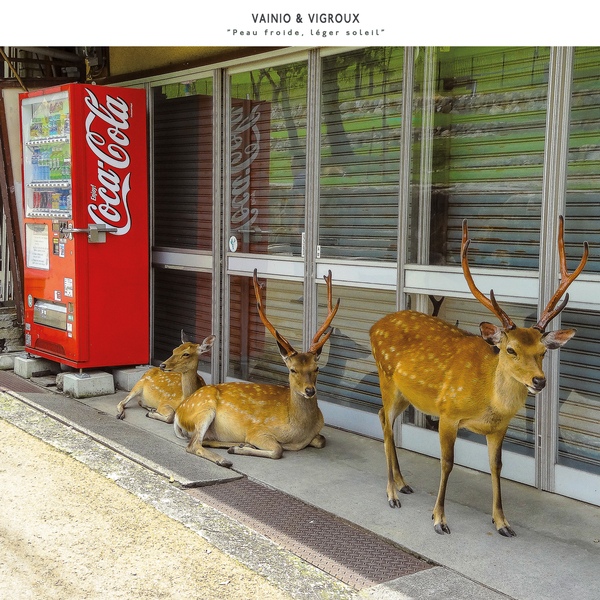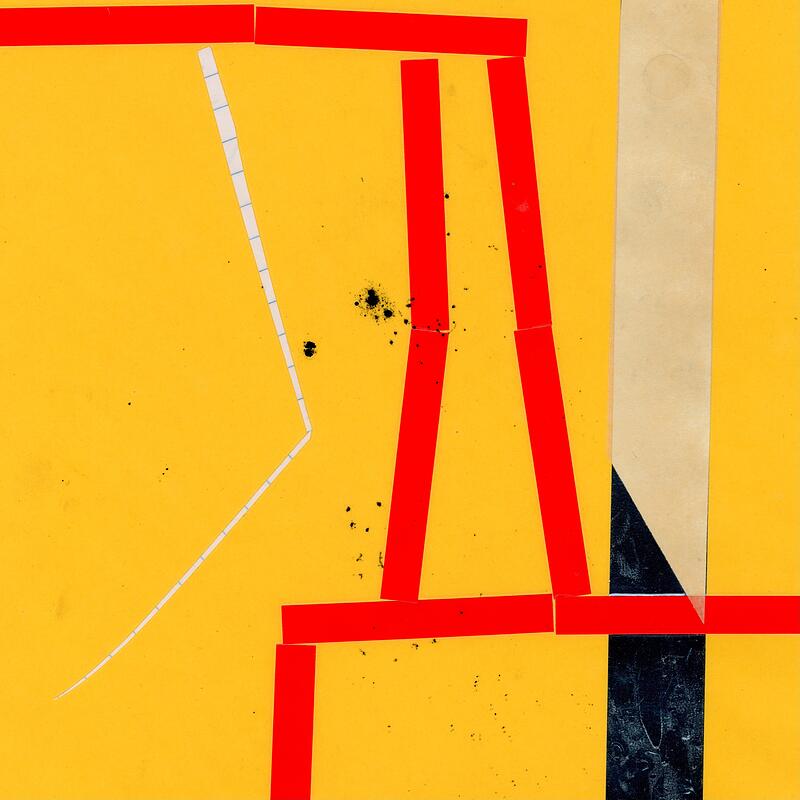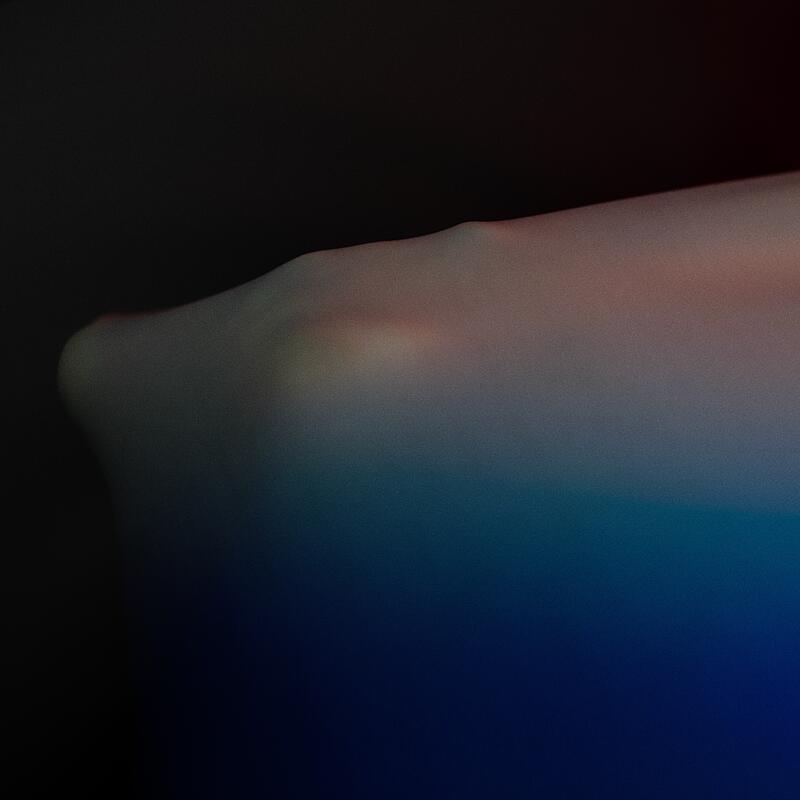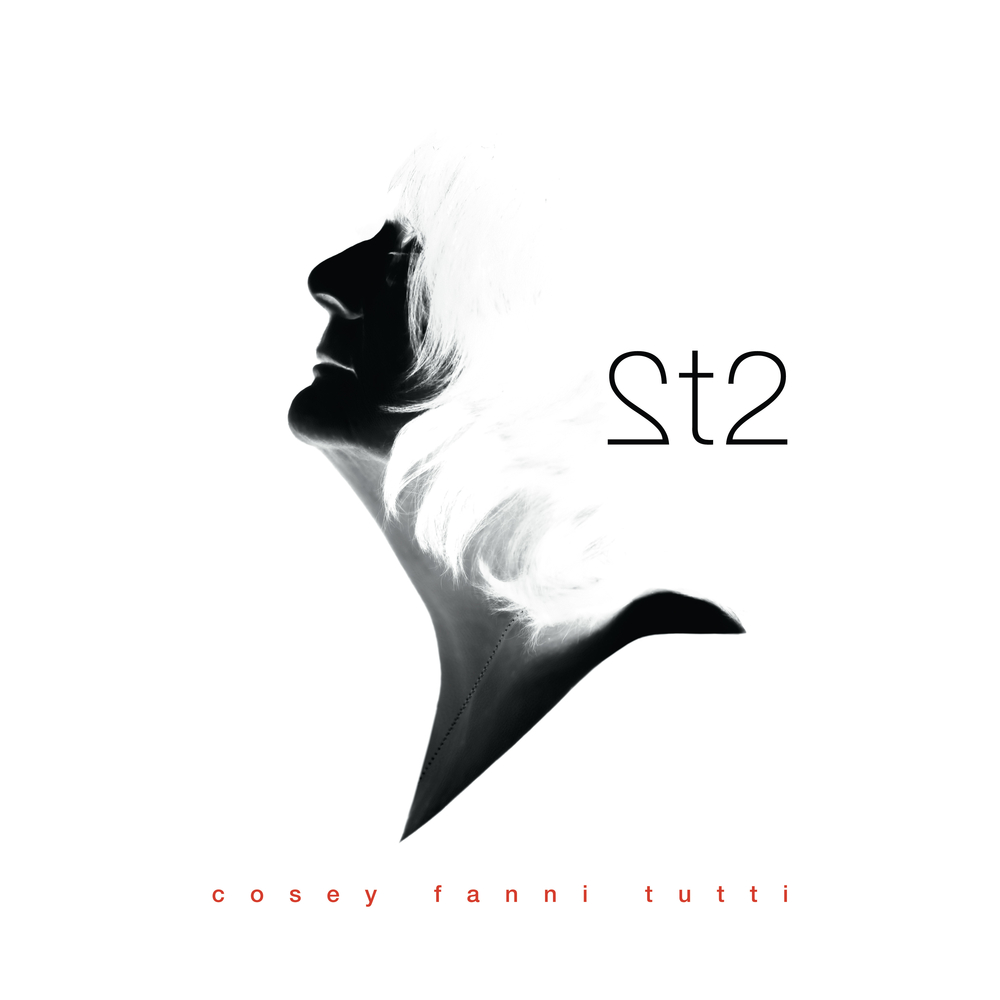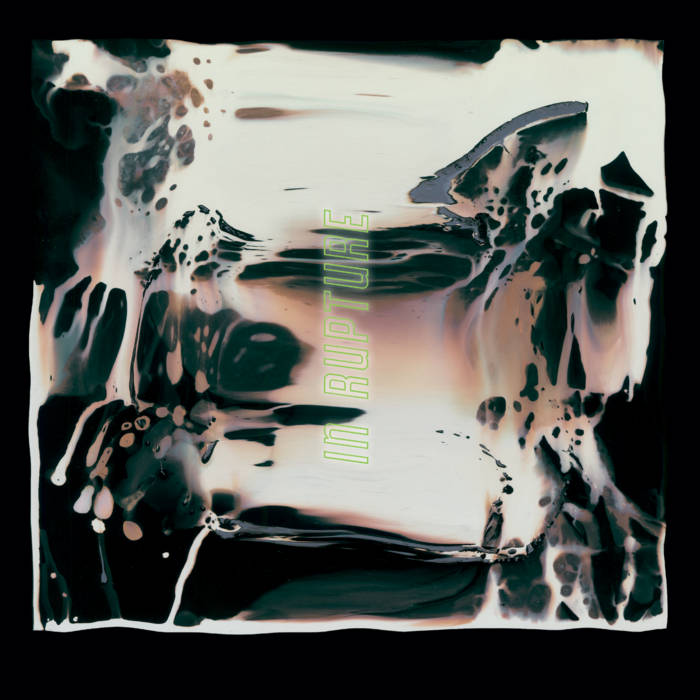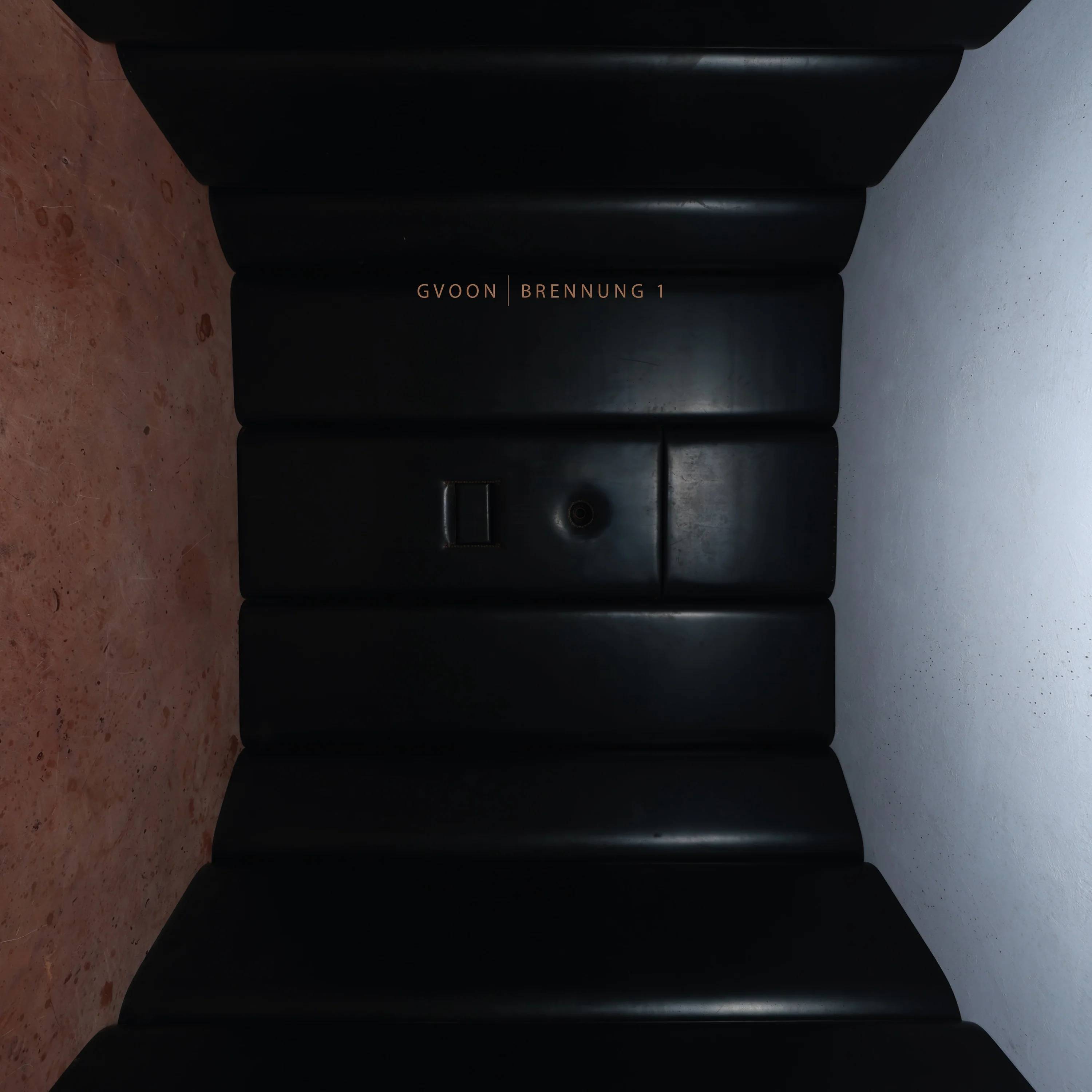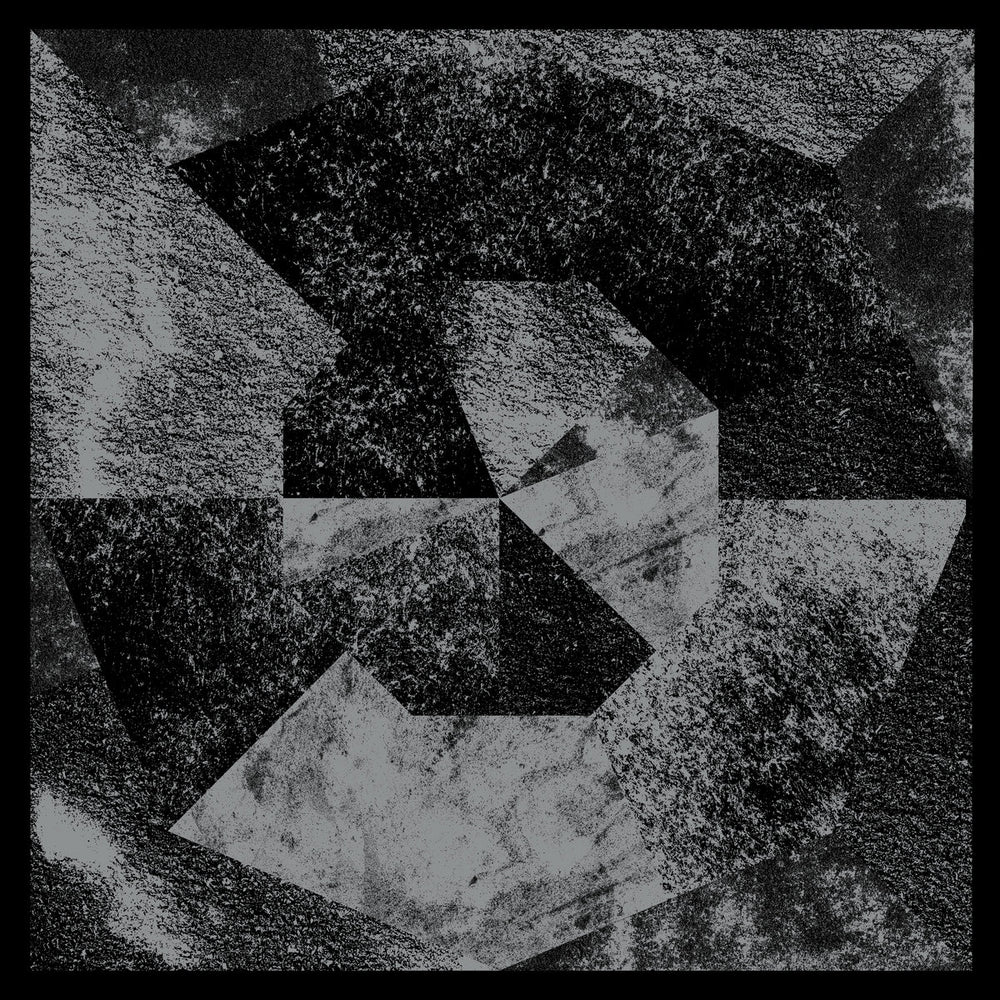- Sello: NOTON
- Géneros: Ambient
- Géneros: Sound explorers - Experimental
- Lanzamiento: 2022-04-22
![]()
Ref.: R50617
pvp: 18,00 €
Información detallada:
Nuevo e impresionante álbum de dos talentos de altura: Alva Noto y Ryuichi Sakamoto, en el recien resucitado sello de Alva Noto: NOTON.
Se trata de un homenaje único y singular al arquitecto Philip Johnson y su famosa Casa de Cristal. Como celebración del 110º aniversario del nacimiento de Philip Johnson, la artista Yayoi Kusama recibió el encargo de crear una instalación en una de las obras más emblemáticas del arquitecto. Así, la Casa de Cristal que Johnson diseñó en 1949 no solo acogió la obra de la japonesa, también se convirtió en escenario para un concierto de Alva Noto y Ryuichi Sakamoto. GLASS es un disco cuyo título alude al elemento más característico del edificio, contiene la música que improvisaron en aquel homenaje, la sexta colaboración entre estos excepcionales músicos experimentales en una línea que les aproxima al llamado "arte sonoro" y al "ambient-drone" más refinado, diferente a sus discos anteriores más acústicos que contaban con la presencia del piano de Sakamoto
Destaca también la presentación de los formatos. La versión vinilo es en trasparente, en carpeta de cartón duro especial gatefold, con encarte grance a todo color con foto de La Casa de Cristal y créditos. Además de cupón de descarga digital. La versión en CD es como el vinilo pero en miniatura, también en cartón especial en carpeta gatefold, y también con la descarga.
Futura pieza de coleccionista sin duda. RECOMENDADO
SoundCloud
Alva Noto and Ryuichi Sakamoto site specific performance at the Glass House from The Glass House on Vimeo.
Tracklist
GLASS :Otros discos de ALVA NOTO & RYUICHI SAKAMOTO
-
- lanzamiento: mayo 27, 2022
- CD (Ref.: R54441): 17.5 €
- DOBLE LP (Ref.: R54442): 35.0 €
-
- lanzamiento: oct. 28, 2022
- DOBLE LP LTD (Ref.: R54627): 36.0 €
- CD DIGIPACK (Ref.: R54633): 18.0 €
-
- lanzamiento: sept. 9, 2022
- LP (Ref.: R54568): 29.9 €
- CD (Ref.: R54569): 17.0 €
-
- lanzamiento: jul. 29, 2022
- CD (Ref.: 54523): 17.5 €
- DOBLE LP (Ref.: 54522): 36.0 €
-
- lanzamiento: dic. 5, 2019
- CD DIGIPACK (Ref.: R53527): 21.0 €
más discos de ALVA NOTO & RYUICHI SAKAMOTO
Otros discos de Ambient
-
NOVEDAD!!
- lanzamiento: jun. 20, 2025
- LP (Ref.: R55428): 26.0 €
- CD (Ref.: R55429): 16.5 €
-
NOVEDAD!!
- lanzamiento: jun. 13, 2025
- CD-BOX (Ref.: R55432): 65.0 €
-
NOVEDAD!!
- lanzamiento: mayo 30, 2025
- DOBLE LP (Ref.: R46059): 33.0 €
- CD (Ref.: R46060): 16.5 €
-
NOVEDAD!!
- lanzamiento: mayo 9, 2025
- LP (Ref.: R55424): 27.5 €
-
NOVEDAD!!
- lanzamiento: mayo 2, 2025
- LP (Ref.: R55417): 28.5 €
Otros discos de Sound explorers - Experimental
-
NOVEDAD!!
- lanzamiento: jun. 8, 2025
- LP (Ref.: R55430): 31.0 €
-
NOVEDAD!!
- lanzamiento: mayo 2, 2025
- LP (Ref.: R55416): 30.0 €
-
NOVEDAD!!
- lanzamiento: abr. 16, 2025
- LP (Ref.: R55414): 24.5 €
- CD (Ref.: R55413): 16.9 €
-
NOVEDAD!!
- lanzamiento: mayo 30, 2025
- DOBLE LP (Ref.: R55427): 34.0 €
-
NOVEDAD!!
- lanzamiento: mayo 9, 2025
- LP (Ref.: R55424): 27.5 €
más discos de Sound explorers - Experimental
